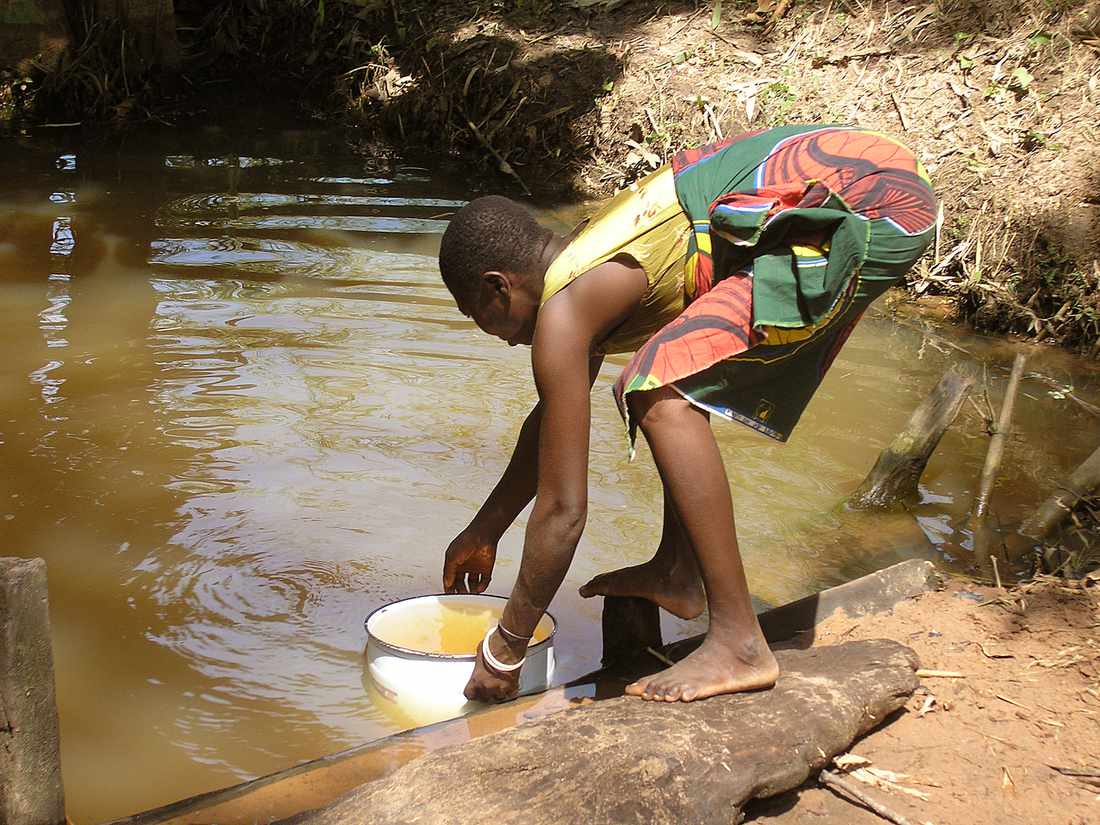
Uganda’s NTD risk remains high despite progress
More than 39 million people in Uganda (close to 87 percent) are at risk of suffering from one or more neglected tropical diseases (NTDs), a diverse group of diseases and conditions prevalent primarily in Africa and other developing countries, Where they affect more than that. one billion people.
Africa is the hardest hit and bears almost half of the global burden of NTDs. Although treatable and preventable, NTDs cause more than 500,000 deaths annually. Their worst effect is not in the relatively low mortality rate but in the heavy public health burden on poor countries like Uganda.
The latest list of NTDs adopted by the World Health Organization (WHO) African region includes Buruli ulcer, dengue, dracunculiasis, endemic treponematose (yaw and bezel), human African trypanosomiasis, leishmaniasis, leprosy, lymphatic filariasis, onchocerciasis, rabies, schistosomiasis, snakebite. Are included. Toxicity 910, Soil-transmitted anthelmintic, taeniasis and neurocysticercosis and trachoma.
Without proper treatment, these infections can lead to blindness, deformity, chronic pain, cognitive impairment and other long-term disability and irreversible damage, with devastating social exclusion to education, employment, economic development, the family, community, society, and as a whole. create obstacles. Development. Reducing the burden of mortality and morbidity due to NTDs is integral to improving the health of the world’s poorest people.
The poorest and most marginalized people suffer the most from NTDs, which have earned them the title of diseases of poverty. Diseases are associated with inadequate housing, adverse environmental conditions such as poor water and sanitation services and lack of access to health services.
Some, such as leprosy and lymphatic filariasis, cause disability and deformity, subject to stigma and exclusion, affecting their mental health and livelihoods. Others, such as parasitic infections, can cause long-term health and educational consequences, making it difficult to make a living at school and work, and limiting productivity.
Over the past decade, Uganda has made significant progress in the eradication, control and eradication of NTDs, yet the country still has a significant burden of diseases. These primarily affect the rural poor, resulting in low productivity and socioeconomic development of these populations.
Uganda has the “Overall Target of the Uganda NTD Control Program Sustainability Plan 2020-2025”, which aims to bring together other sectors to strengthen the mechanisms that the health system needs to sustain and provide for the Ministry of Health. will be able to strengthen. Sustainable, accessible, equitable and quality NTD services for the population.
According to Dr Henry Mwebesa, Director General of Health Services in the Ministry of Health, the most prevalent NTDs in Uganda include River Blindness, Trachoma, Lymphatic Filariasis (Elephantiasis), Bilharzia, Worms, Sleeping Sickness, Kala-Azar.
Uganda aims to eliminate river blindness, trachoma and elephantiasis by 2025, while eliminating bilharzia, worms, kala-azar and sleeping sickness as public health problems by 2030.
In 2018, during the 30th African Union Heads of State Summit, the African Leaders Malaria Alliance (ALMA) added NTDs to its annual scorecard on disease progression. The scorecard is reviewed individually by African heads of state every year, placing NTDs as top health priorities for the continent, along with malaria and maternal and child health.
At the Kigali summit, leaders are expected to launch the Kigali Declaration on the NTD – a high-level, political declaration aimed at mobilizing political will and achieving the Sustainable Development Goal 3 (SDG 3) target on the NTD and delivering the goals. To secure commitments. Set out in WHO’s Neglected Tropical Diseases Roadmap (2021–2030).
The summit will focus on investing in fighting these debilitating diseases. Beating NTDs means countries like Uganda may be able to build more resilient health systems, improve pandemic preparedness and prevention, and support healthier populations.
Launched in 2019 by Speak Up Africa, a strategic communication and advocacy organization, “Know to NTDs” aims to raise awareness, priority and national commitment to accelerate the control and elimination of NTDs in Africa.
In April 2021, Speak Up Africa and a group of like-minded organizations launched “March to Kigali”, an integrated campaign aimed at securing commitments from national and sub-national stakeholders to eliminate both NTD and malaria. The “March to Kigali” specifically calls for the integration of malaria and NTD programmes, with a special focus on timely deployment of malaria and NTD interventions and strengthening of data and surveillance systems to improve multi-sectoral cooperation .
More than 150 civil society and local organizations, media outlets and individuals in the sub-region have signed the “March to Kigali” call to action, demonstrating the incredible engagement and leadership that exists at the country level to end these diseases. Is.
Some of the approaches developed by WHO for the detection, prevention, control, eradication and eradication of NTDs include preventive chemotherapy (mass treatment); Innovative and intensive disease management; vector ecology and management; Provision of clean water and sanitary, sanitary and veterinary public health to protect and improve human health.
(i) River Blindness: Transmission has been eliminated in 11 of 17, including more than 4.8 million people who are no longer at risk. Transmission has been interrupted in four additional foci.
(ii) Trachoma: Of the 51 endemic districts, 46 have reached the recommended low infection level and have largely stopped treatment. Only five districts of Moroto, Nakapiripirit, Nabilatuk, Amudat and Bulisa still require treatment. These districts have been undergoing massive treatment for many years but have persistent and recurrently high infection levels.
(iii) Elephantiasis: All 66 endemic districts have reached elimination limits and have stopped mass treatment. Surgery and elephantiasis management has been done in 18 districts and it is still on.
(iv) Bilharzia and Intestinal Worms: Bilharjia is endemic in 95 districts while intestinal worms are everywhere in the country. Despite the persistent challenge of high infections of both diseases over the years, some districts have felt substantial shortages. From the recent surveys of December 2021 conducted in 38 selected districts, 41.8 per cent have reduced the level of infection, 14.3 per cent have increased the level while 44 per cent have maintained the level of the previous infection.
(v) Sleep disorders: There are two types in Uganda, one found in West Nile (Gambiense) and the other found in eastern Uganda (Rhodesiense). Uganda has reached the WHO eradication target for the gambiense type and is in the process of applying for validation from WHO. Both types of surveillance are done in endemic areas and cases are treated from designated health facilities.
(vi) Kala-azar: The disease has been reported in nine endemic districts of the Karamoja region. While Amudat Hospital had only one treatment centre, interventions have been made in all nine districts recently. Moroto Hospital has been supported to become another treatment center in the area. Will do, so far 160 health facility workers from 74 facilities in 4 districts of Abim. Kotido and Kabong have been trained on Kala-azar diagnosis and treatment.
Source: Dr. Henry Mwebesa/Ministry of Health

